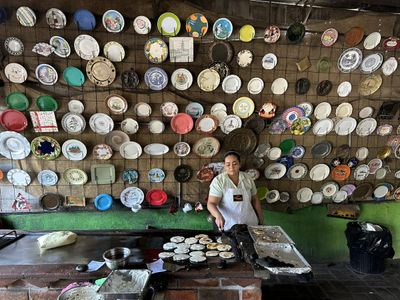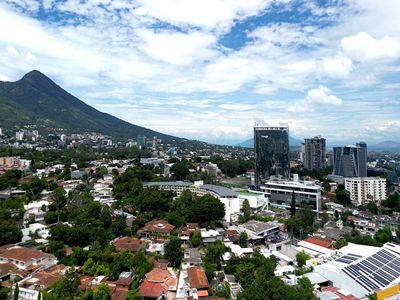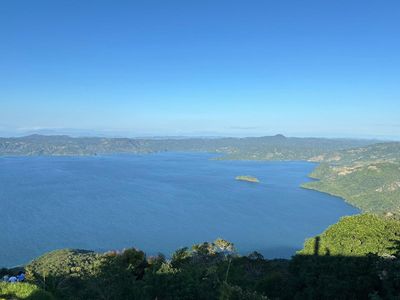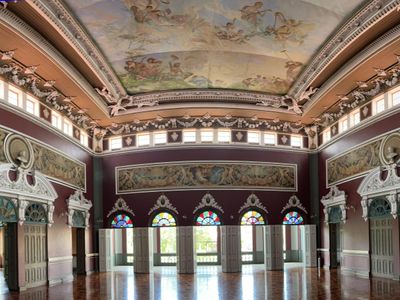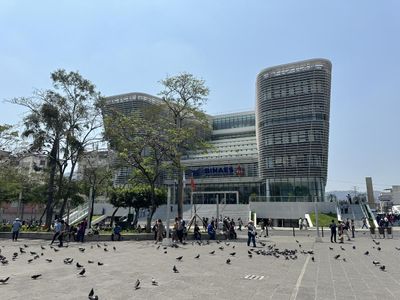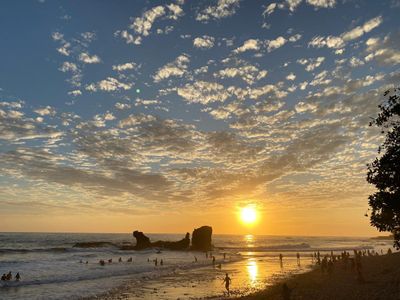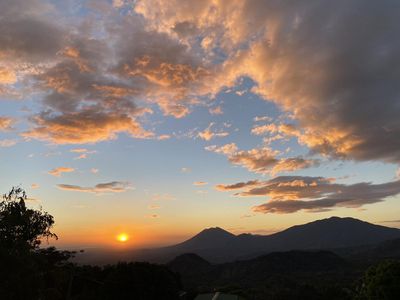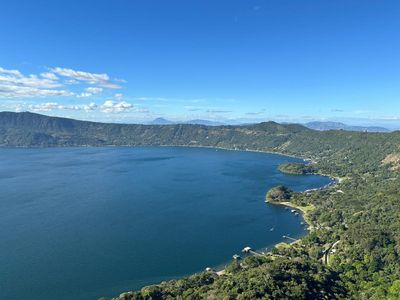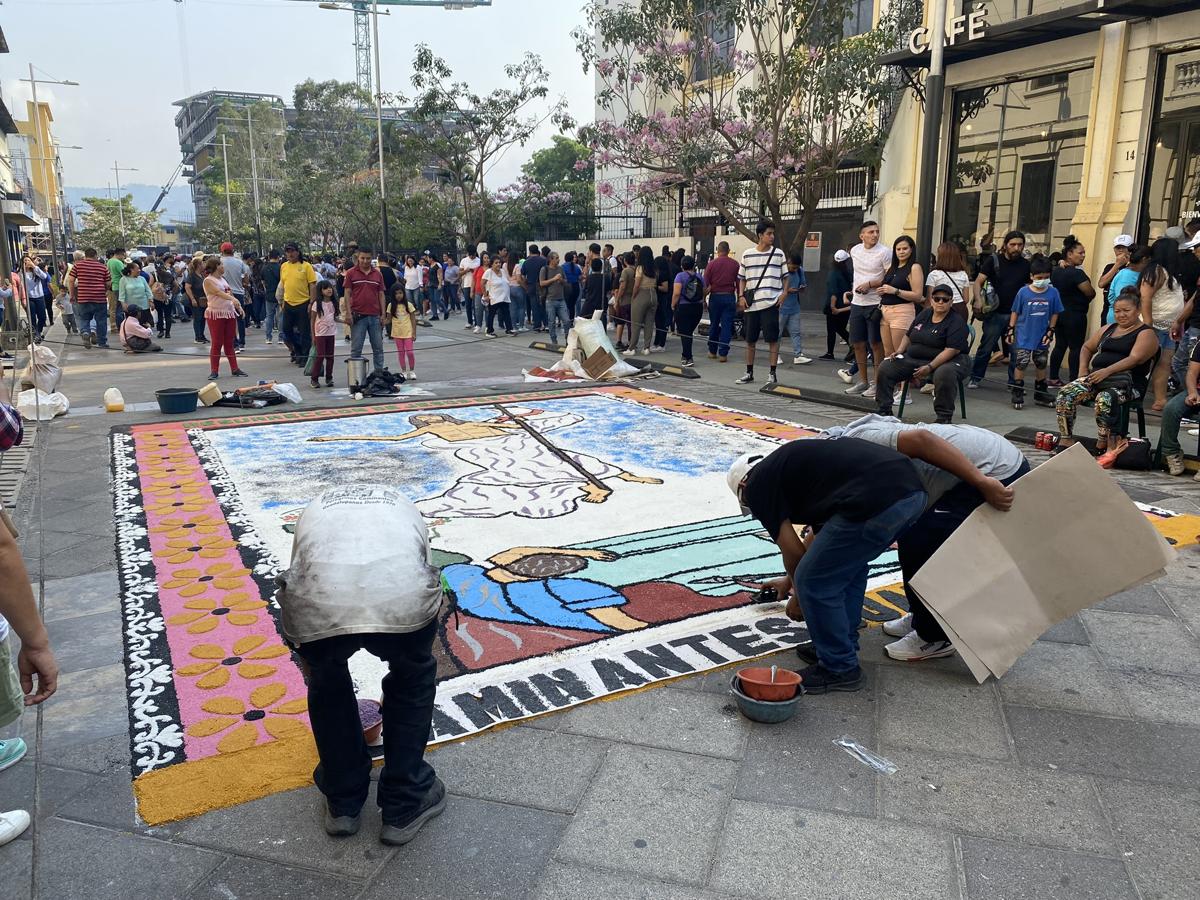
Semana Santa, or Holy Week, in El Salvador is a cherished time of religious and cultural significance. The week leading up to Easter Sunday is marked by vibrant processions, deep-rooted traditions, and widespread community involvement. As we dive into the heart of this celebration, we’ll explore its history, the best places to experience the festivities, and the cultural importance it holds in this Central American country. Whether you're spiritually inclined or simply curious, Semana Santa in El Salvador offers an unforgettable experience of passion and devotion.

The origins of Semana Santa in El Salvador are intertwined with the broader history of Latin America's colonization. When Spanish conquerors arrived in the 16th century, they brought Christianity with them. The Catholic Church soon became a powerful force in the region, and religious observances like Holy Week were adopted as part of the cultural fabric.
In El Salvador, Semana Santa has evolved over centuries, influenced by both indigenous traditions and Spanish customs. Today, it serves as a reflection of the country's cultural heritage and the steadfast devotion of its people. While the celebration of Holy Week is significant across Latin America, El Salvador's unique interpretations distinguish it as a deeply personal and communal event.

Semana Santa takes place during the week preceding Easter Sunday. The dates are not fixed but instead rely on the lunar calendar, aligning the week with the vernal equinox. Typically, this period can occur between late March and mid-April. In 2024, for instance, Semana Santa falls from March 24th to March 31st.
This holy period starts with Palm Sunday (Domingo de Ramos), marking Jesus Christ's entry into Jerusalem. It continues through Holy Thursday (Jueves Santo) and Good Friday (Viernes Santo), commemorating Jesus' Last Supper and Crucifixion, respectively, culminating with the joyous celebration of the Resurrection on Easter Sunday (Domingo de Pascua).



El Salvador offers numerous vibrant venues to witness Semana Santa celebrations. The rich tapestry of religious tradition and cultural expression makes these places a must-visit for both locals and tourists alike.
Suchitoto, often described as the cultural capital of El Salvador, is a historical gem that shines even brighter during Holy Week. The city is renowned for its stunning colonial architecture, which provides a picturesque backdrop for Semana Santa festivities. Processions here are elaborate, featuring traditional alfombras, or carpets, crafted from brightly colored sawdust, flowers, and other materials. These intricate designs line the streets, transforming the town into a vibrant mosaic of faith and artistry.
As the capital city, San Salvador hosts some of the most majestic events during Holy Week. The Metropolitan Cathedral at the heart of the city is a focal point for many processions, drawing large crowds. The solemnity of Good Friday is particularly poignant here, with dramatic re-enactments of the Stations of the Cross. The city’s diverse community ensures that the celebrations are inclusive, mixing traditional Catholic practices with more contemporary expressions of devotion.
In the region of Sonsonate, Izalco offers a Semana Santa experience that is steeped in indigenous heritage. The town is known for its unique blend of Christian and indigenous rituals, with locals participating in processions wearing traditional garb. This meeting of cultures creates a fascinating tapestry that's both spiritual and cultural in nature. The picturesque town square and its iconic church serve as the center for these memorable events.
Nestled along El Salvador's famous "Ruta de las Flores," Juayúa is already popular year-round for its food festivals. During Semana Santa, it takes on a religious fervor, with beautiful alfombras adorning its streets and a lively atmosphere of reverence and celebration. Juayúa is an excellent destination for travelers who wish to blend the spiritual aspects of Semana Santa with the region's acclaimed culinary experiences.
Semana Santa holds a special place in the hearts of Salvadorans, as it intertwines deeply with their identity and cultural expression. It's an occasion where families come together, reflecting on spiritual beliefs and sharing in communal activities. Despite modernization and secular influences, the essence of Holy Week remains intact, symbolizing a period of reflection and gratitude.
The celebration also reinforces community bonds. As friends and families join in preparing alfombras or participating in processions, a sense of unity and shared purpose flourishes. The festival provides a unique space for cultural transmission, where younger generations learn traditions and values from their elders, ensuring that these customs endure.
Economically, Semana Santa generates significant activity, particularly in towns renowned for their events. Locals and tourists alike contribute to the hospitality sector, filling hotels, restaurants, and marketplaces. This influx supports local artisans and vendors, reinforcing cultural tourism as a vital component of the national economy.
While the religious aspect of Semana Santa is central, the celebration encompasses a variety of practices and customs, some unique to El Salvador:
Alfombras: These beautiful street carpets are a visually striking aspect of Semana Santa. Made with dyed sawdust, flowers, sand, and occasionally food items, they purely embellish the processional routes. Each year, families and community members collaborate to create these elaborate designs, a testament to artistic skill and devotion.
Procesión de Silencio: On Holy Thursday and Good Friday nights, the Procesión de Silencio (Procession of Silence) takes place. This solemn event is conducted without music or speaking, signifying the suffering and death of Jesus Christ. Participants carry candles and walk barefoot, creating a profoundly reverent and introspective experience.
Recreaciones Vivas: Some communities enact live dramatizations of the Passion of Christ, offering a powerful representation of biblical events. These performances, often involving entire villages, deepen the spiritual engagement by transforming spectators into participants in this timeless story.
Semana Santa is not just a time for contemplation; it also features an array of food and family activities. On the culinary front, unique dishes prepared during the week reflect El Salvador's rich gastronomic heritage. Traditional meals include:
Sopa de Pescado: A hearty fish soup prepared with corn, seasoned with local herbs and spices. Its hearty flavors and nourishing ingredients make it a must-try during Holy Week.
Torrejas: A sweet treat similar to French toast. These slices of bread are soaked in sweet syrup, then fried to golden perfection, and typically served as a special Easter dessert.
Besides the food, Semana Santa is a time for recreational activities. Beaches such as Costa del Sol and La Libertad become popular spots for families seeking relaxation and fun in the sun. Local amusement parks and festivals also draw crowds, adding an element of festivity to the religious proceedings.
While travelers are welcomed to join in the celebrations, it’s essential to approach Semana Santa with respect for local customs and traditions. Here are a few tips to ensure a respectful visit:
Dress Respectfully: Modest clothing should be worn, particularly when attending religious services or processions. Some events require women to cover their heads with a veil or scarf.
Be Mindful of Photography: While the colorful alfombras and processions are photogenic, always ask permission before taking pictures of participants or religious icons.
Participate Respectfully: If you join a procession or traditional event, observe and follow local practices. This might include walking in silence or following specific paths.
Semana Santa in Antigua, Guatemala, stands out as one of the most renowned and visually stunning Holy Week celebrations in Central America, attracting both locals and international visitors alike. While Semana Santa is widely celebrated across Latin America, Antigua's festivities are particularly unique due to the city’s well-preserved colonial architecture and the stunning cultural displays that transform its streets during the week leading up to Easter. The processions in Antigua are among the largest and most elaborate, with participants carrying life-sized religious statues through the cobblestone streets. The "cucuruchos," dressed in purple robes, carry the statues on their shoulders while thousands of onlookers follow in solemn procession. One of the most striking features of Antigua's celebration is the creation of intricate alfombras—vibrant carpets made from colored sawdust, flowers, fruits, and other materials—laid out on the streets along the procession routes. These carpets, which can take hours to create, are walked over as the procession passes, making them a fleeting yet beautiful art form that adds a unique dimension to the celebration.
The tradition of Semana Santa in Antigua dates back to the 16th century, when Spanish colonizers introduced Catholic practices to the region. Over time, this blend of Catholic ritual and indigenous customs evolved into the visually rich and culturally significant event that it is today. While Semana Santa celebrations in other parts of Central America, such as El Salvador, share many similarities—like the processions and religious devotion—the scale, artistry, and historical context of Antigua’s celebration make it particularly noteworthy. The city’s role as a historical and cultural hub further enhances the significance of the event, as it draws not only religious pilgrims but also tourists eager to experience one of the most awe-inspiring displays of faith and culture in the region. In contrast to other celebrations, Semana Santa in Antigua is an immersive experience that blends spiritual reverence with breathtaking artistic expression, making it a must-see destination during Holy Week.




Semana Santa in El Salvador is a rich tapestry of history, devotion, and cultural expression. From the solemnity of silent processions to the joy of Easter celebrations, it offers a multifaceted glimpse into the heart of Salvadoran faith and community. By visiting Suchitoto, San Salvador, Izalco, or Juayúa, you'll witness a country united in tradition, inviting all to share in its poignant and vibrant observances.
As both an observer and participant, you'll likely leave with more than memories and photos; you'll have a deeper understanding of El Salvador’s spiritual soul. Whether you come seeking religious enlightenment, cultural insights, or simply an exhilarating experience, Semana Santa is a gateway to the warm and welcoming spirit of El Salvador.
For further insights into El Salvador's diverse cultural landscape, consider exploring additional resources like Lonely Planet, Britannica, and El Salvador Travel.

Sam Martinez
I am a dedicated and passionate real estate professional with more than a decade experience in the real estate market.Explore our latest blog posts
